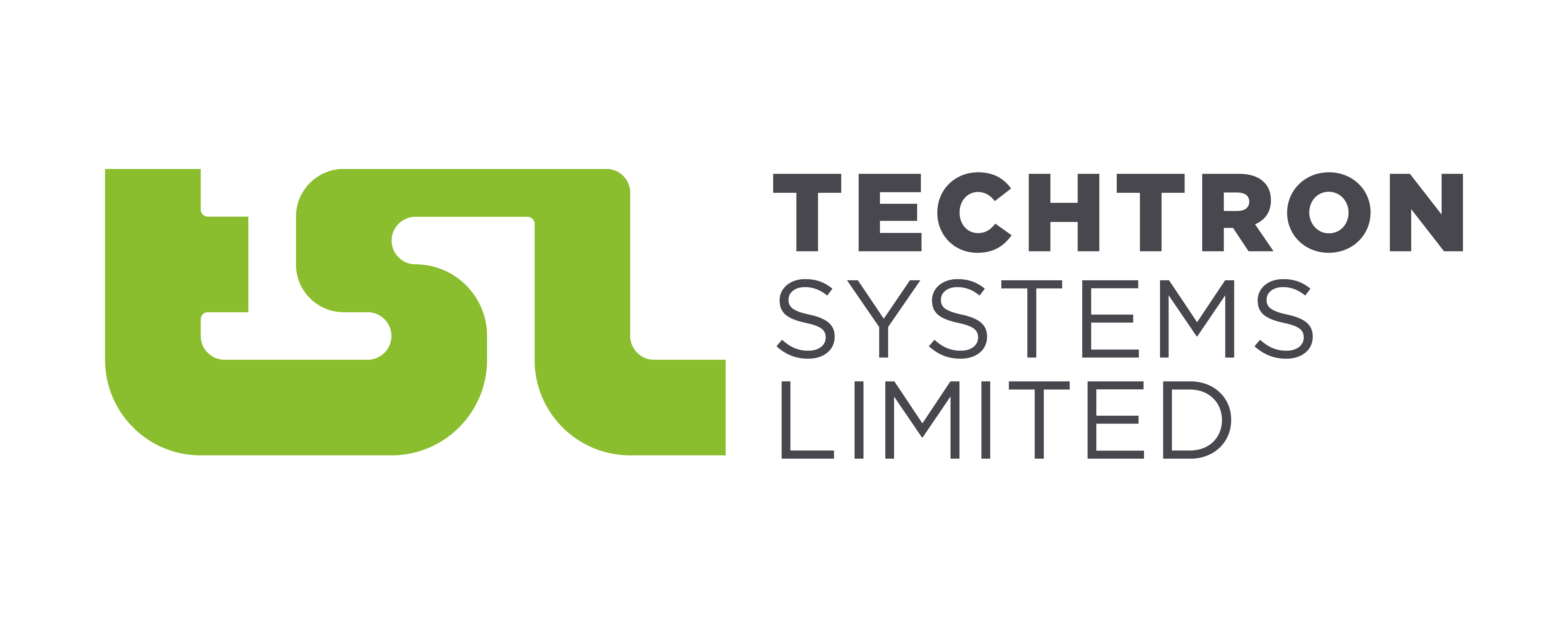In today’s fast-paced digital world, businesses are constantly looking for ways to stay competitive, agile, and efficient. One of the most transformative changes in recent years has been the adoption of cloud computing. From startups to large enterprises, organizations are increasingly shifting their operations to the cloud to improve scalability, reduce costs, and enhance collaboration. However, the decision to move to the cloud isn’t one to be taken lightly. It requires a strategic approach to determine the right timing and the best cloud model—whether public, private, or hybrid—to meet business objectives.
Understanding When to Move to the Cloud
Every organization reaches a point where traditional IT infrastructure starts to feel like a bottleneck rather than an enabler. Perhaps your business is experiencing rapid growth, and your existing systems can’t keep up with the increased demand. Or maybe operational costs associated with maintaining on-premises infrastructure have become unsustainable. The need for enhanced security, disaster recovery, and remote accessibility also often pushes businesses toward cloud solutions.
Consider whether your organization faces challenges such as unpredictable workloads, increasing regulatory requirements, or the need for greater agility in deploying new applications. If any of these sound familiar, it may be the right time to explore cloud computing as a viable solution.
Choosing the Right Cloud Model: Public, Private, or Hybrid?
Once the decision to adopt cloud computing is made, the next step is choosing the right deployment model. This choice will significantly impact how your organization leverages cloud capabilities while balancing costs, control, and security.
Public Cloud: The Go-To for Scalability and Cost-Effectiveness
The public cloud is often the first choice for businesses looking to minimize upfront investment and gain access to a wide range of managed services. Providers like AWS, Microsoft Azure, and Google Cloud offer on-demand resources, allowing companies to scale their operations effortlessly.
Public cloud solutions work best for organizations with fluctuating workloads, such as e-commerce businesses facing seasonal spikes or startups needing rapid expansion without investing in expensive infrastructure. However, while the public cloud offers significant cost savings and flexibility, it may not be the ideal choice for industries with stringent data privacy regulations.
Private Cloud: Full Control for Security and Compliance
For organizations dealing with sensitive data—such as those in healthcare, finance, or government—a private cloud offers a dedicated environment with greater control over security and compliance. Unlike the public cloud, a private cloud operates on infrastructure dedicated solely to one organization, ensuring that critical workloads and sensitive information are safeguarded.
This model is well-suited for businesses that require high customization, predictable performance, and adherence to strict regulatory frameworks such as GDPR or HIPAA. However, the trade-off comes in the form of higher costs and the need for ongoing maintenance, which means it’s most effective for organizations that can justify the investment in return for enhanced control.
Hybrid Cloud: The Best of Both Worlds
In many cases, a hybrid cloud approach provides the perfect balance between the flexibility of public cloud services and the security of private infrastructure. Organizations that have legacy systems in place, or those that want to gradually transition to the cloud without disrupting operations, often opt for hybrid solutions.
With a hybrid cloud, businesses can keep critical or sensitive data on a private cloud while using the public cloud for less sensitive operations, such as customer-facing applications or collaboration tools. This model is particularly beneficial for industries that experience periodic surges in demand and need additional resources without permanently scaling up infrastructure.
How to Approach Cloud Adoption Effectively
Once you’ve identified the right cloud model, the next challenge is planning a smooth transition. Cloud adoption isn’t just about moving data and applications; it requires a comprehensive strategy that aligns with business goals and operational needs.
Begin by conducting a thorough assessment of your current IT landscape. Identify which applications and workloads would benefit most from cloud migration. Some systems may be better suited for a phased transition, while others might require a complete overhaul.
Security should always be a top priority. Ensuring data encryption, access controls, and compliance with industry regulations will help mitigate risks associated with cloud adoption. It’s also crucial to train employees to work efficiently with cloud-based systems, as human error remains one of the leading causes of data breaches.
Cost considerations play a vital role as well. While the cloud promises cost savings, organizations must carefully evaluate pricing models, hidden fees, and ongoing management costs to avoid budget overruns. A well-planned financial strategy can help maximize return on investment while optimizing resource usage.
Finally, monitoring and optimization should be ongoing practices. Cloud platforms provide a wealth of analytics and insights that can help organizations track performance, optimize costs, and proactively address potential issues before they escalate.
Conclusion: Making the Right Decision
Choosing when to move to the cloud and which model to adopt is a strategic decision that requires careful planning and evaluation. Whether it’s the scalability of the public cloud, the control of a private cloud, or the flexibility of a hybrid approach, each model offers unique advantages that can help businesses achieve their goals more efficiently.
By understanding your organization’s current needs, future growth plans, and regulatory obligations, you can make an informed decision that positions your business for success in the digital era.
Ready to Take the Next Step?
If your organization is considering cloud adoption, now is the time to start evaluating your options. A well-structured cloud strategy can transform operations, enhance security, and future-proof your business. Seek guidance from cloud experts, conduct a readiness assessment, and take the first step toward a more agile and resilient IT environment.
Let TSL take you to the cloud speak to one of our cloud experts


